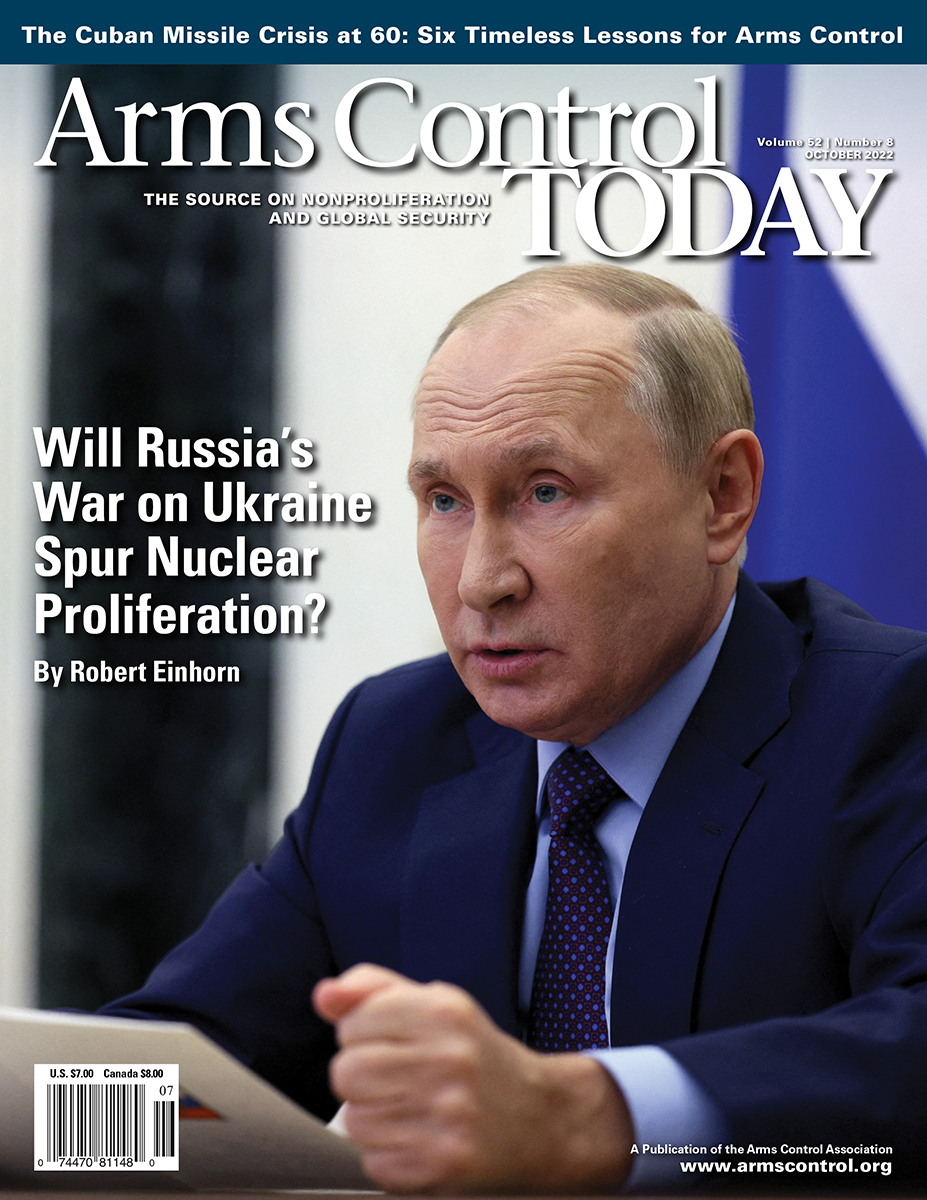“The Arms Control Association and all of the staff I've worked with over the years … have this ability to speak truth to power in a wide variety of venues.”
October 2022
Edition Date
Cover Image

October 1, 2022
October 1, 2022
October 1, 2022
October 1, 2022
October 1, 2022
October 1, 2022
October 1, 2022
October 1, 2022
October 1, 2022
October 1, 2022
October 1, 2022
October 1, 2022
October 1, 2022
September 30, 2022
